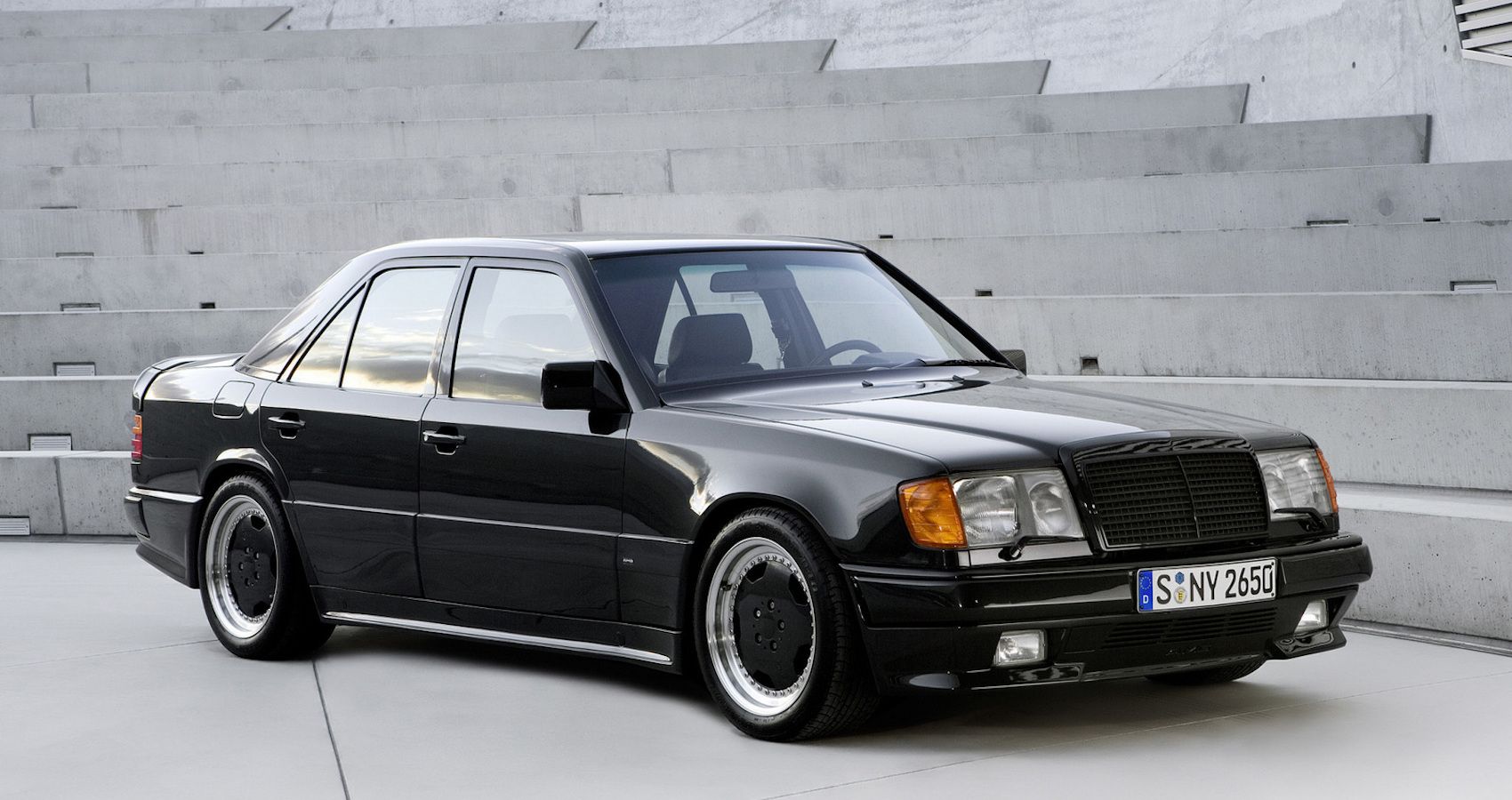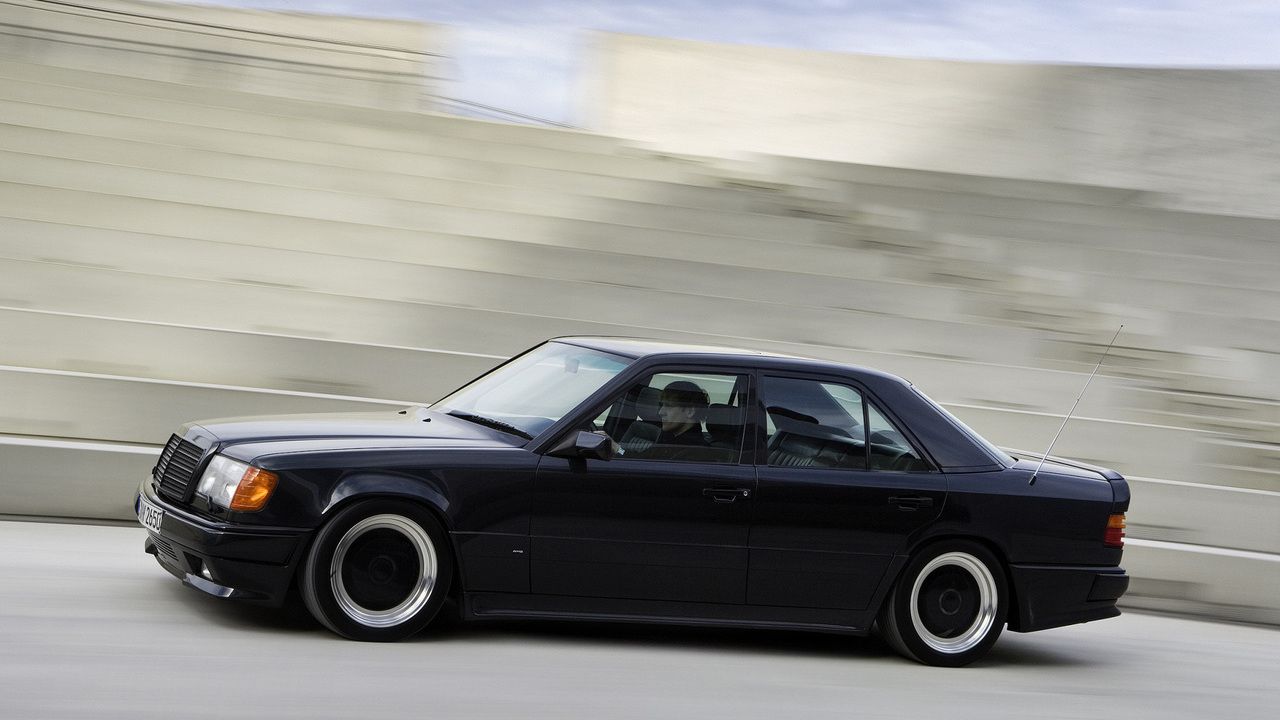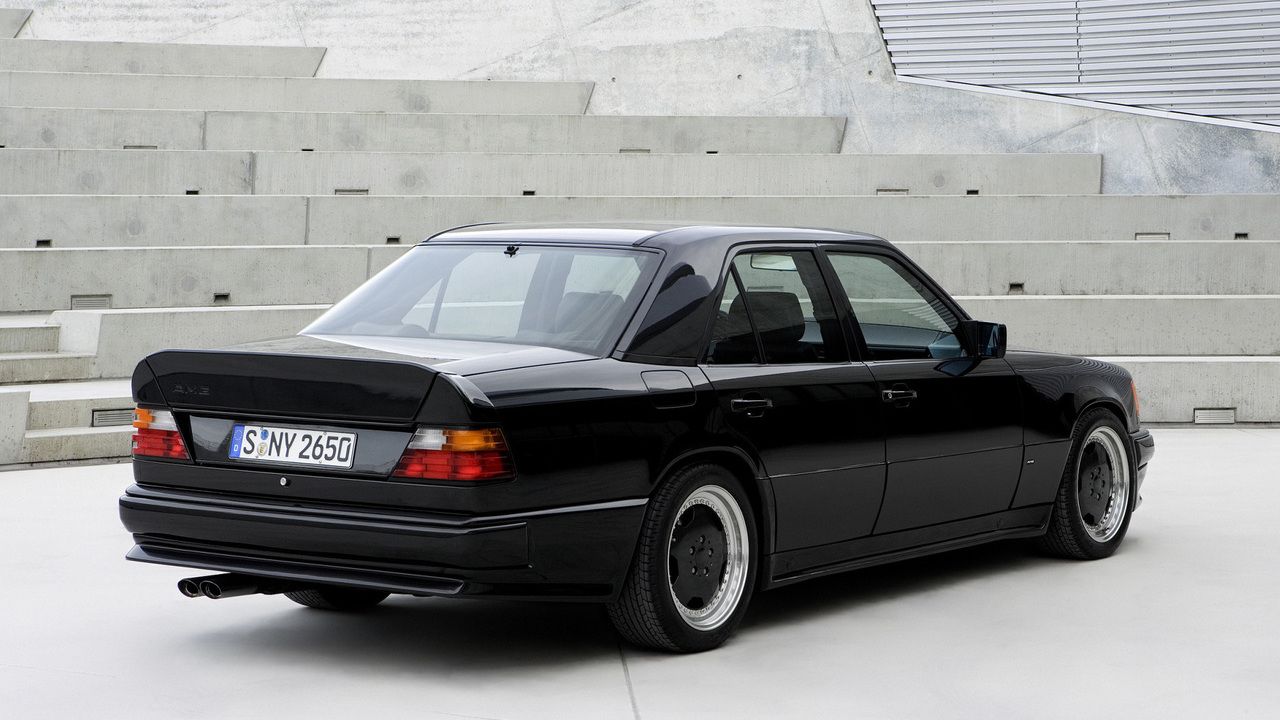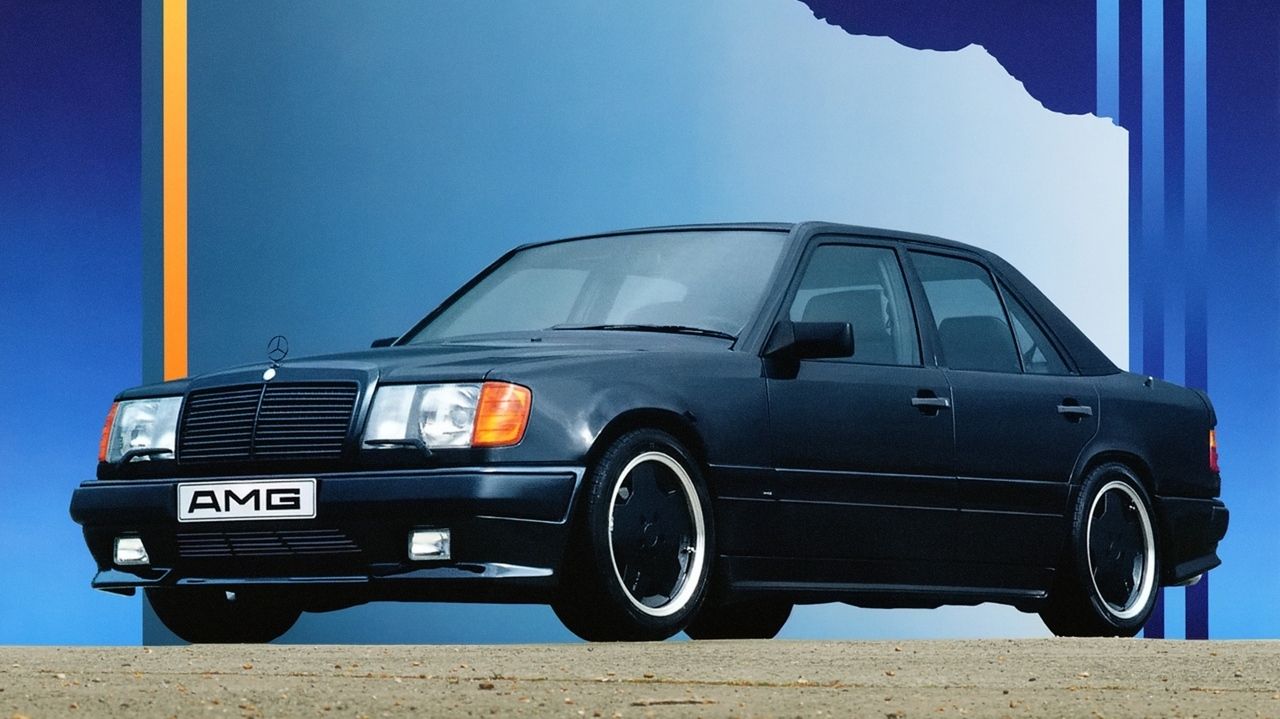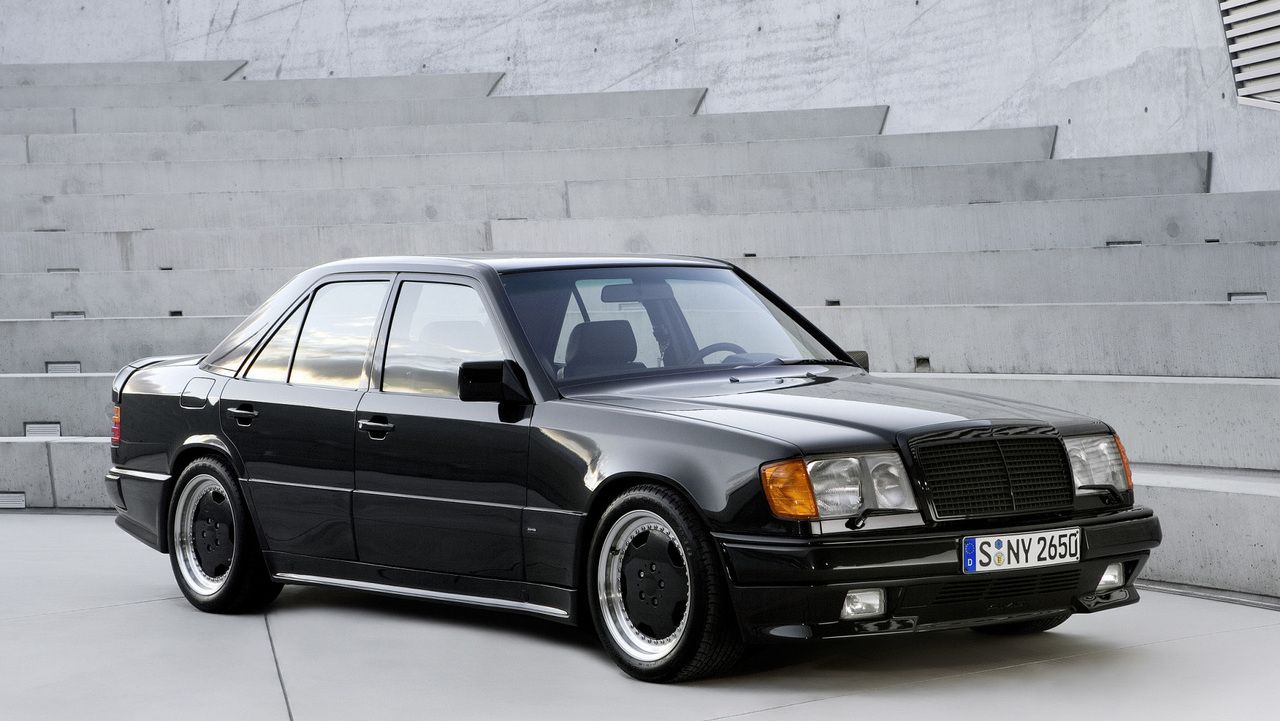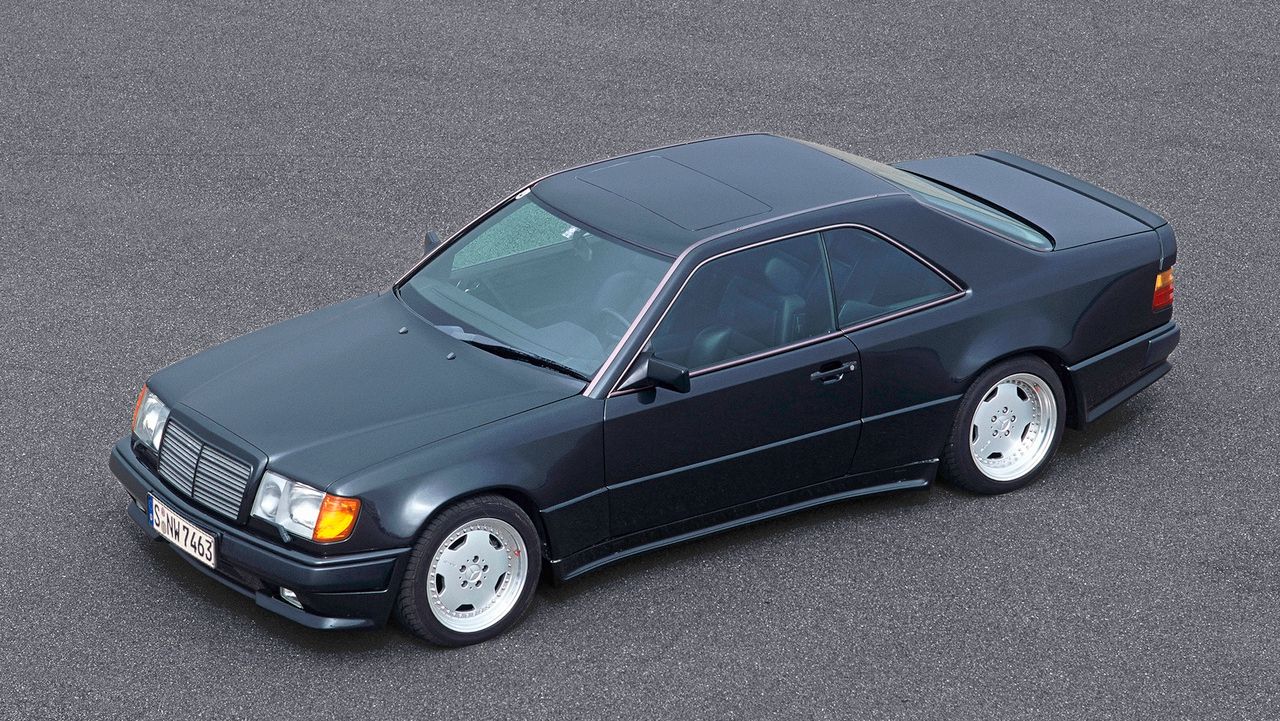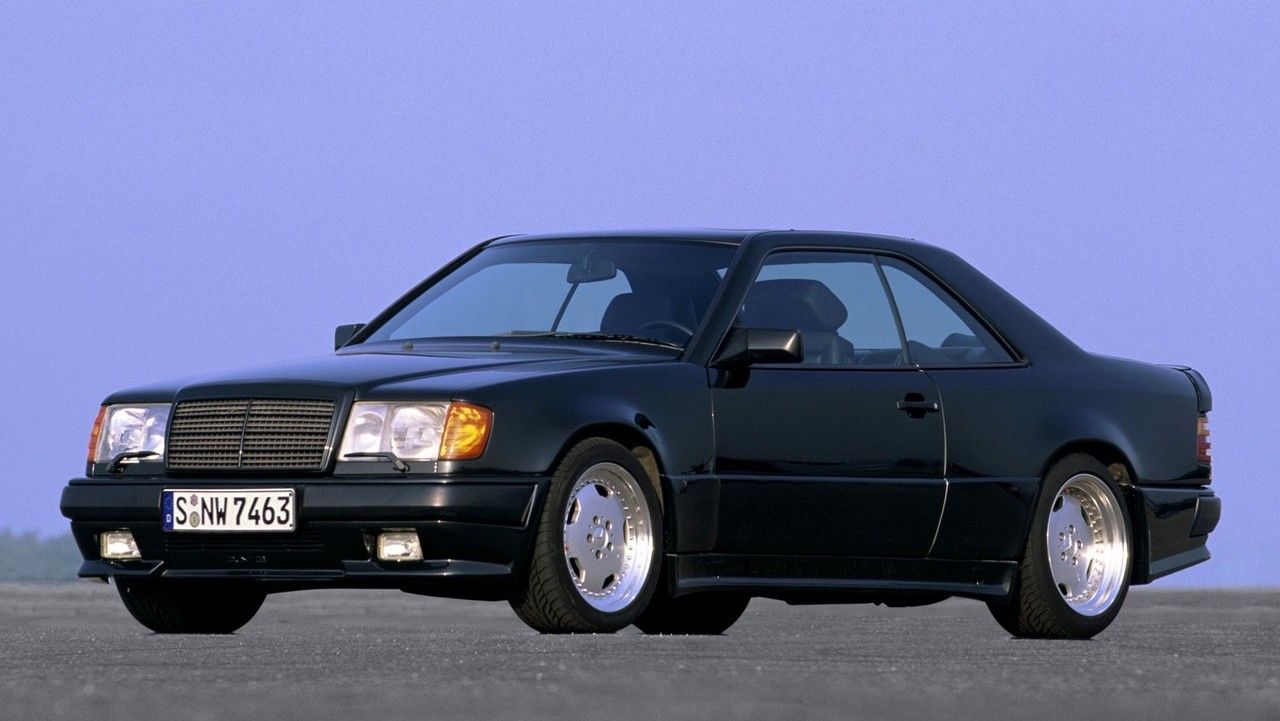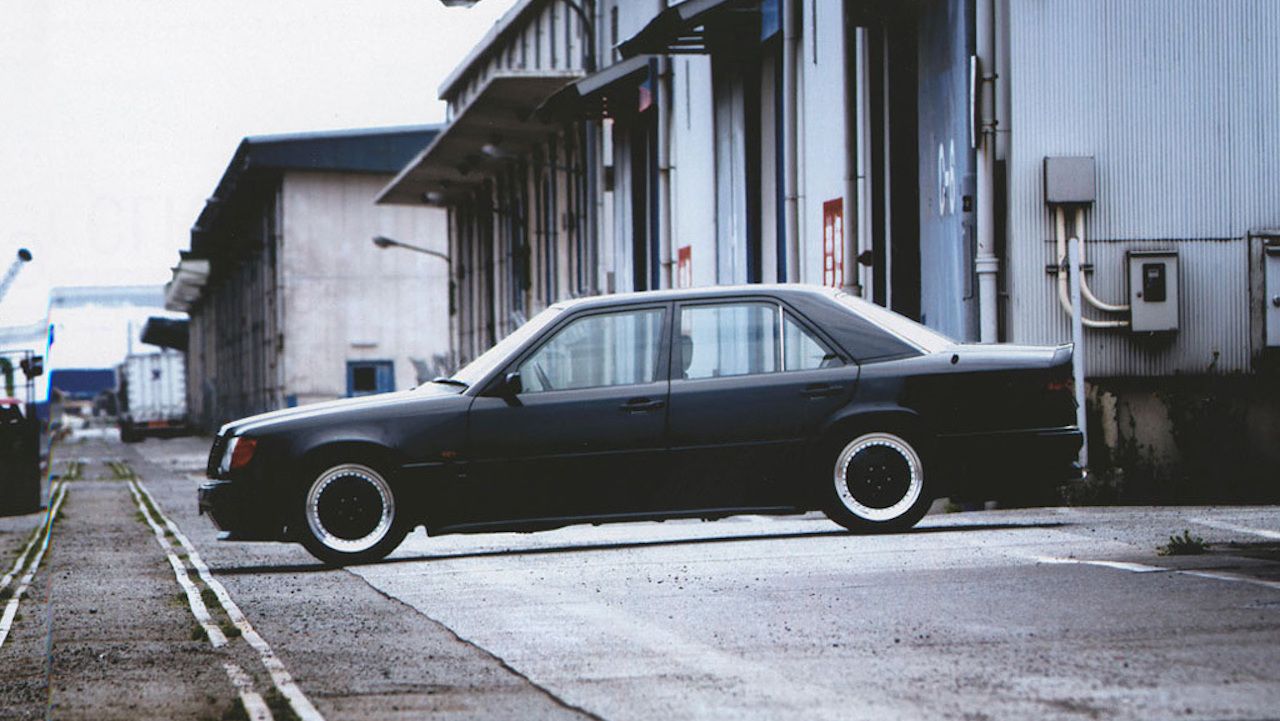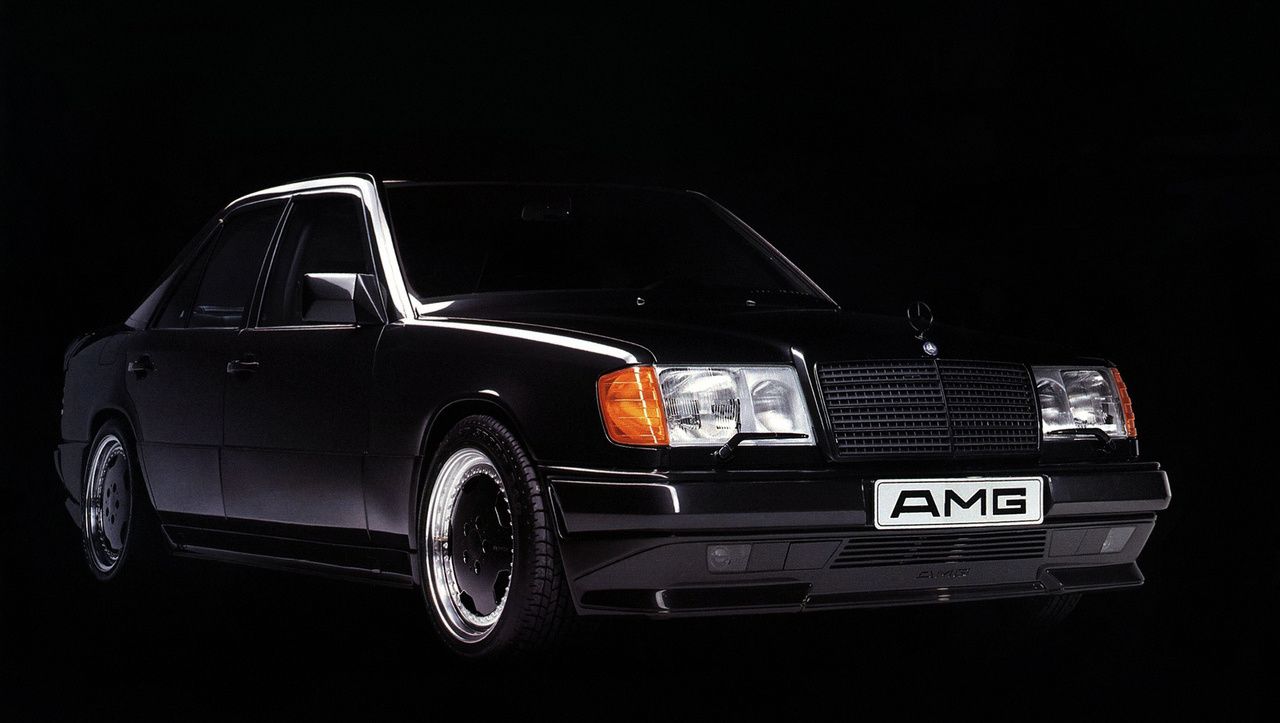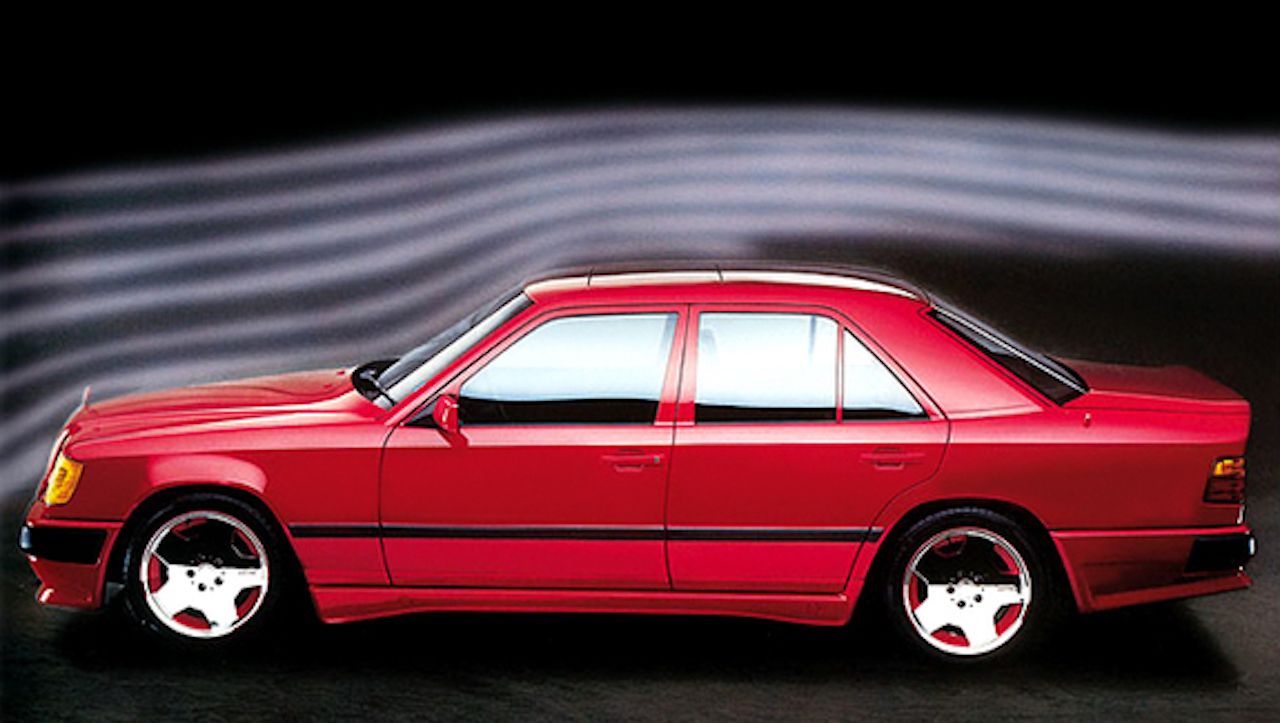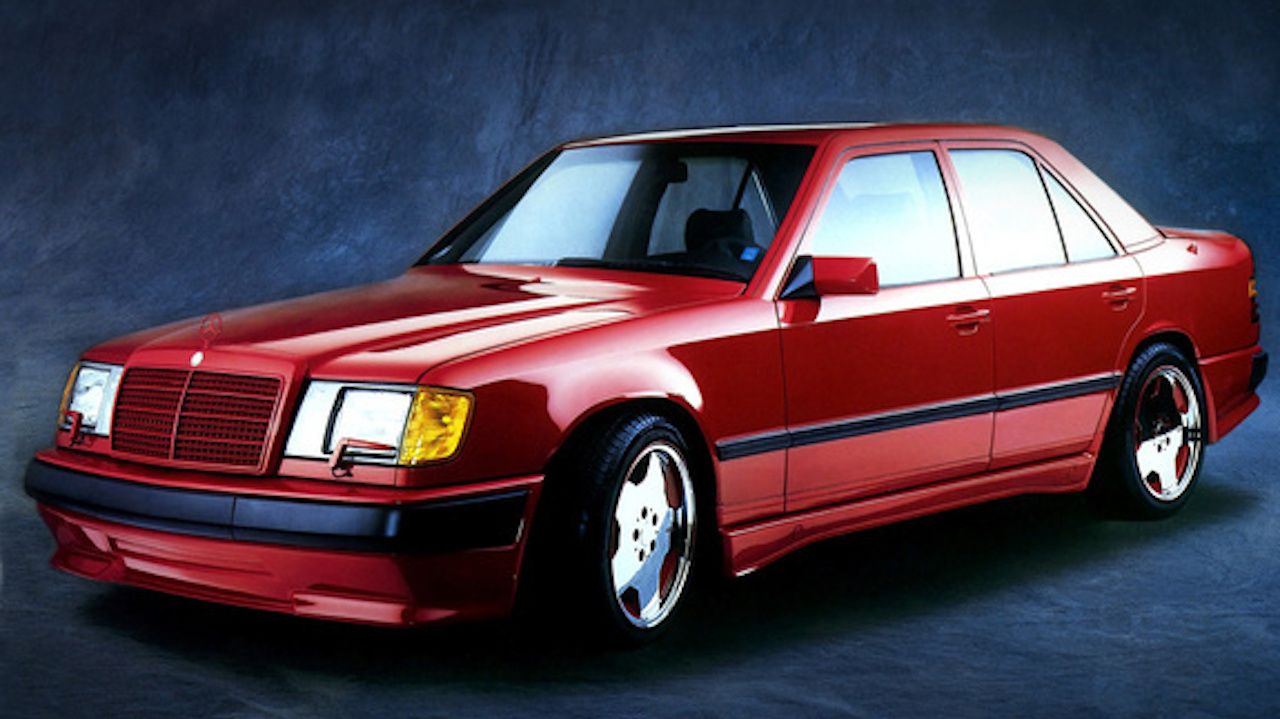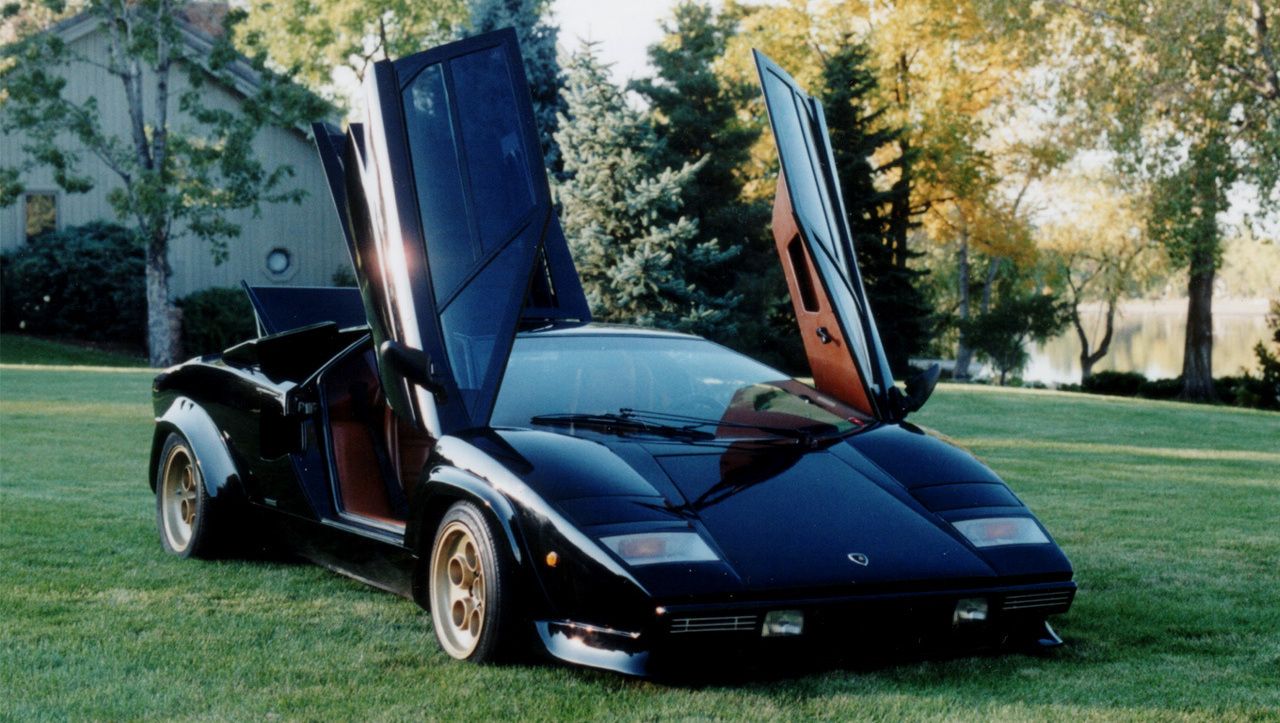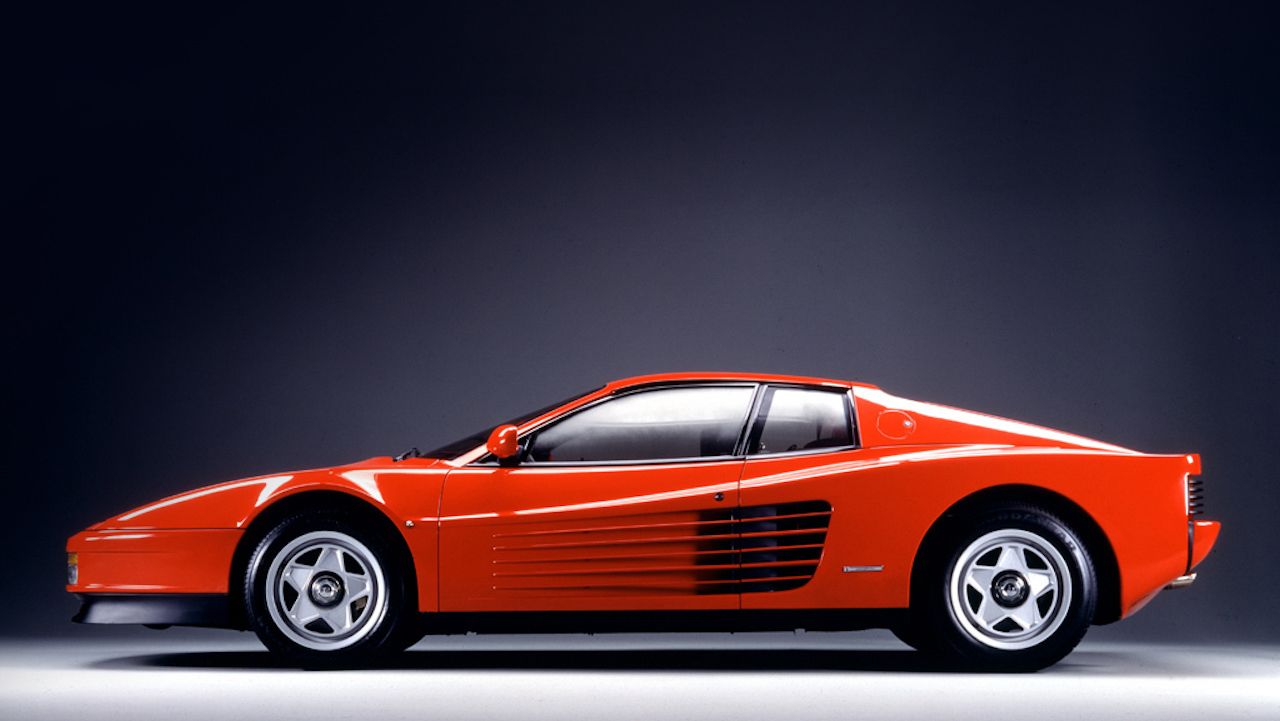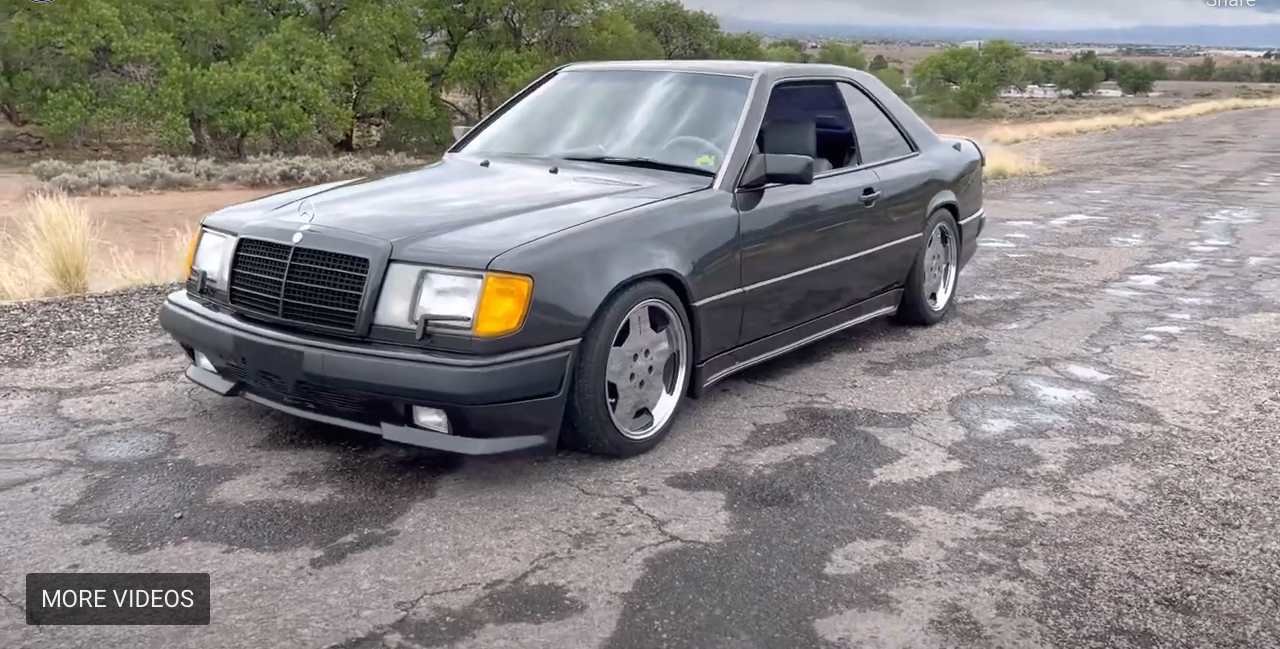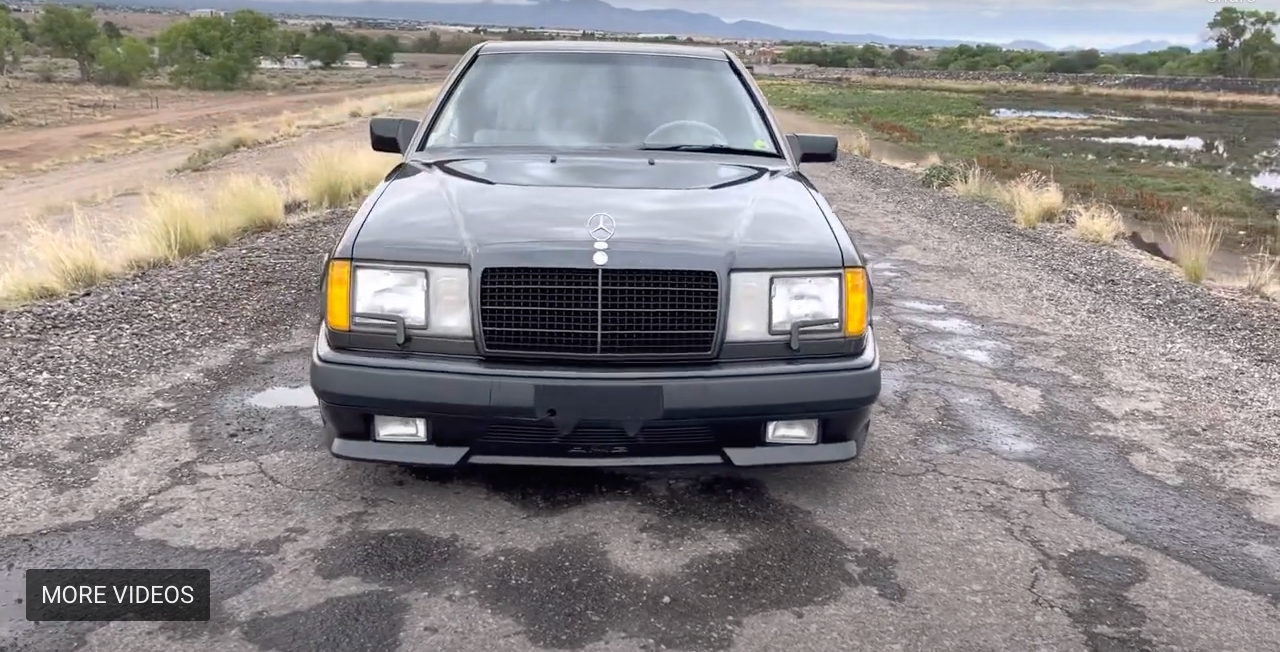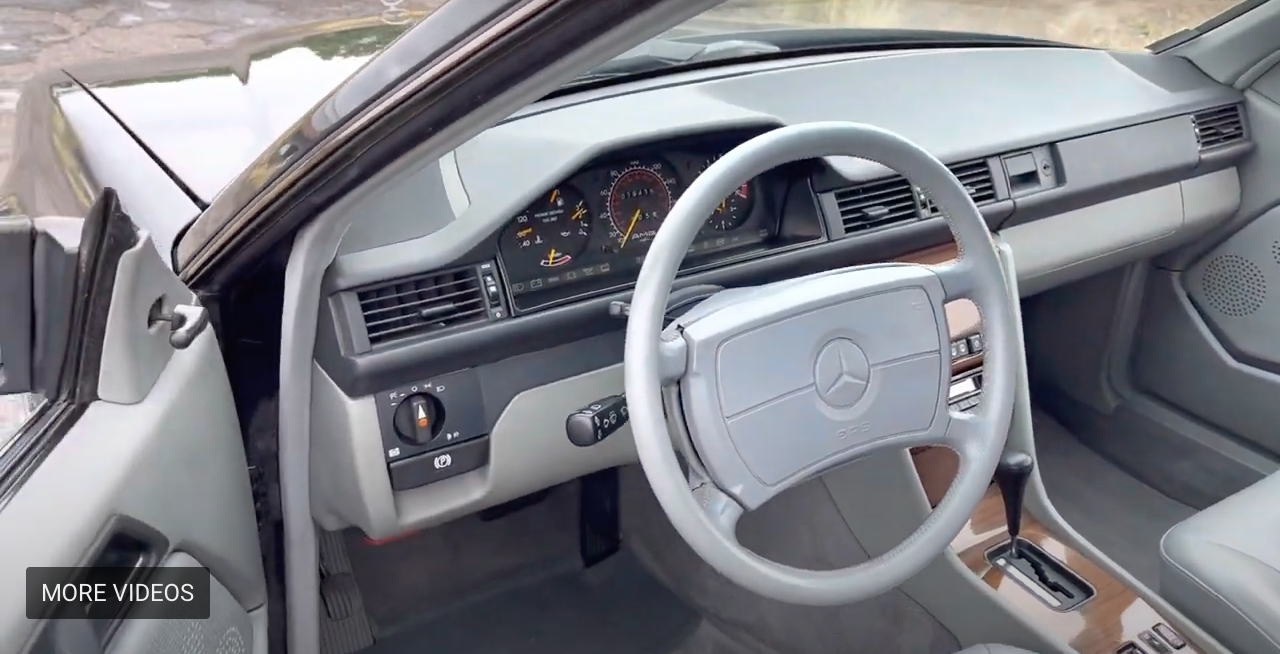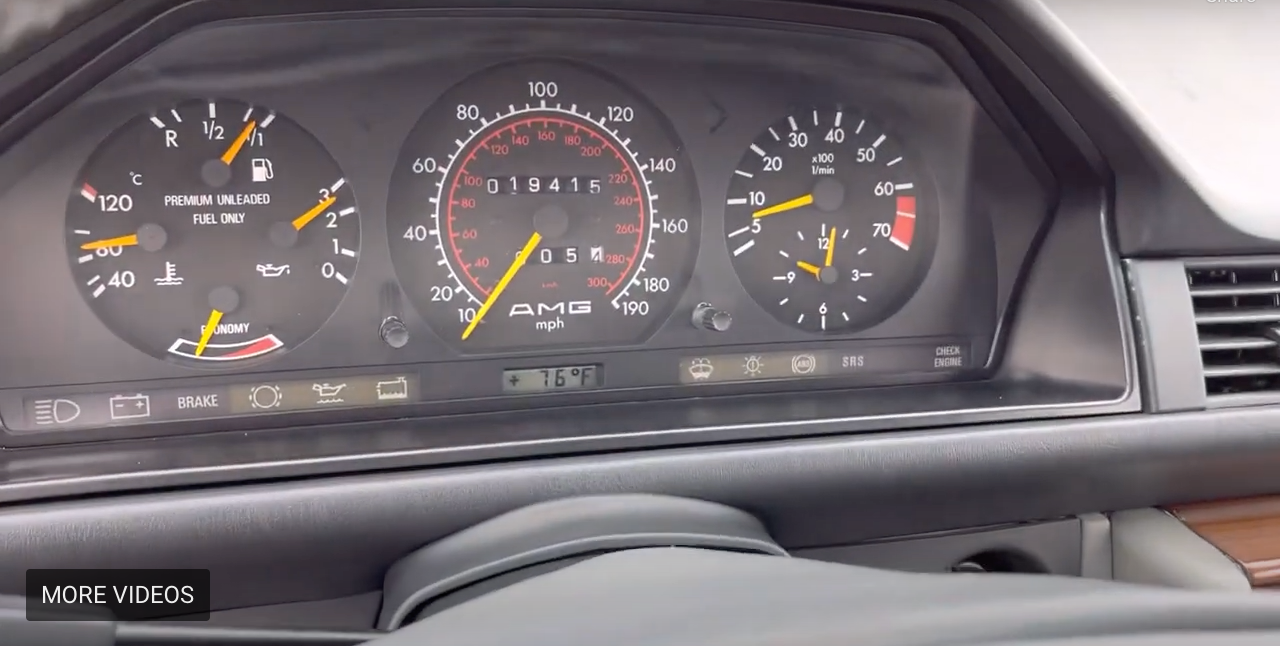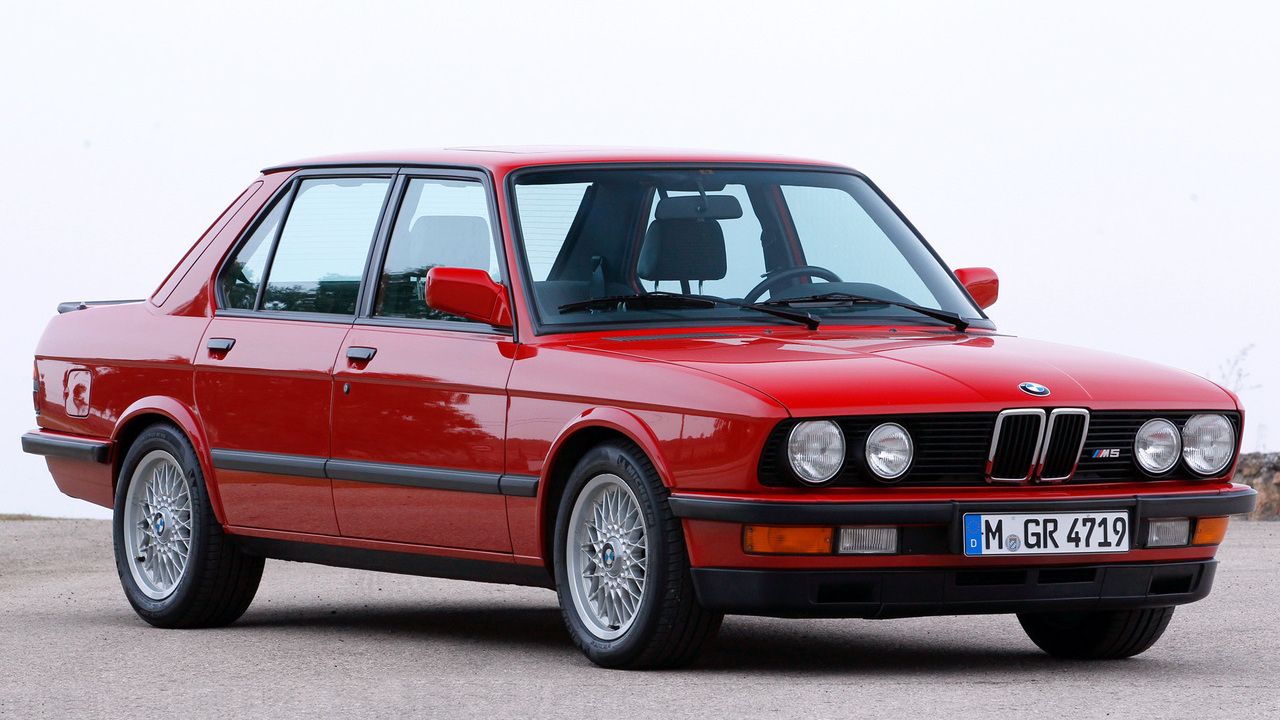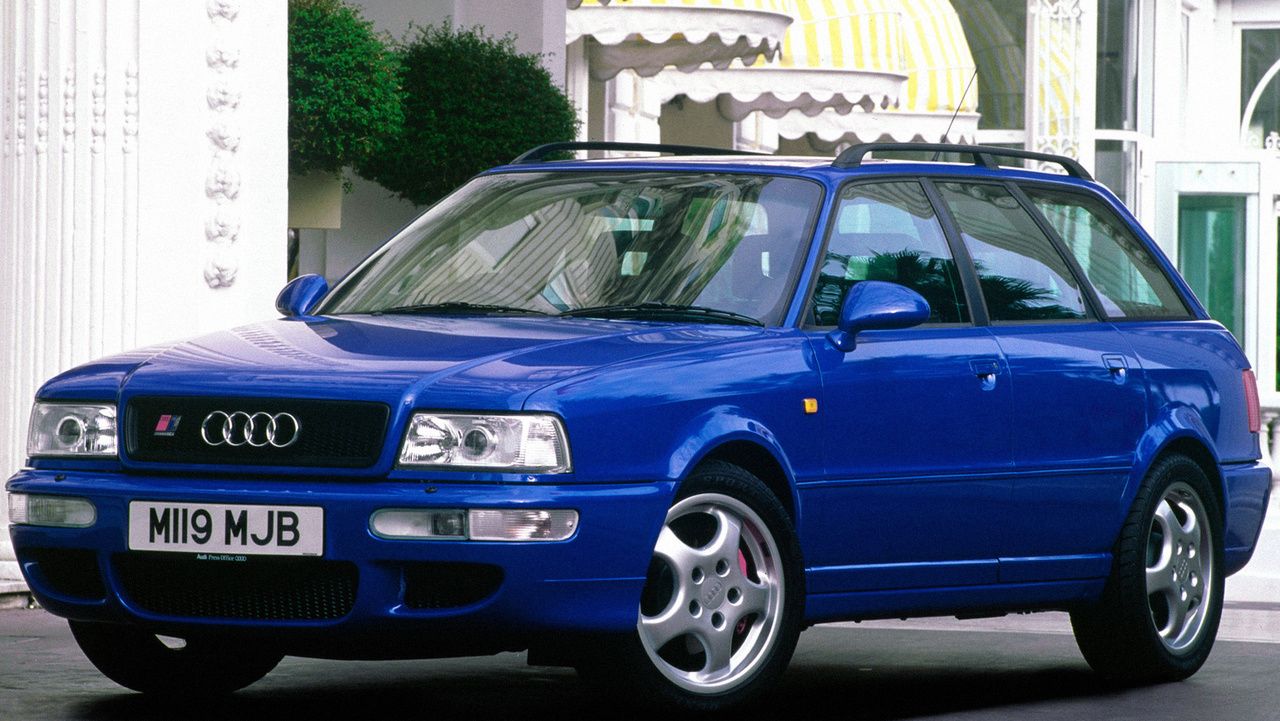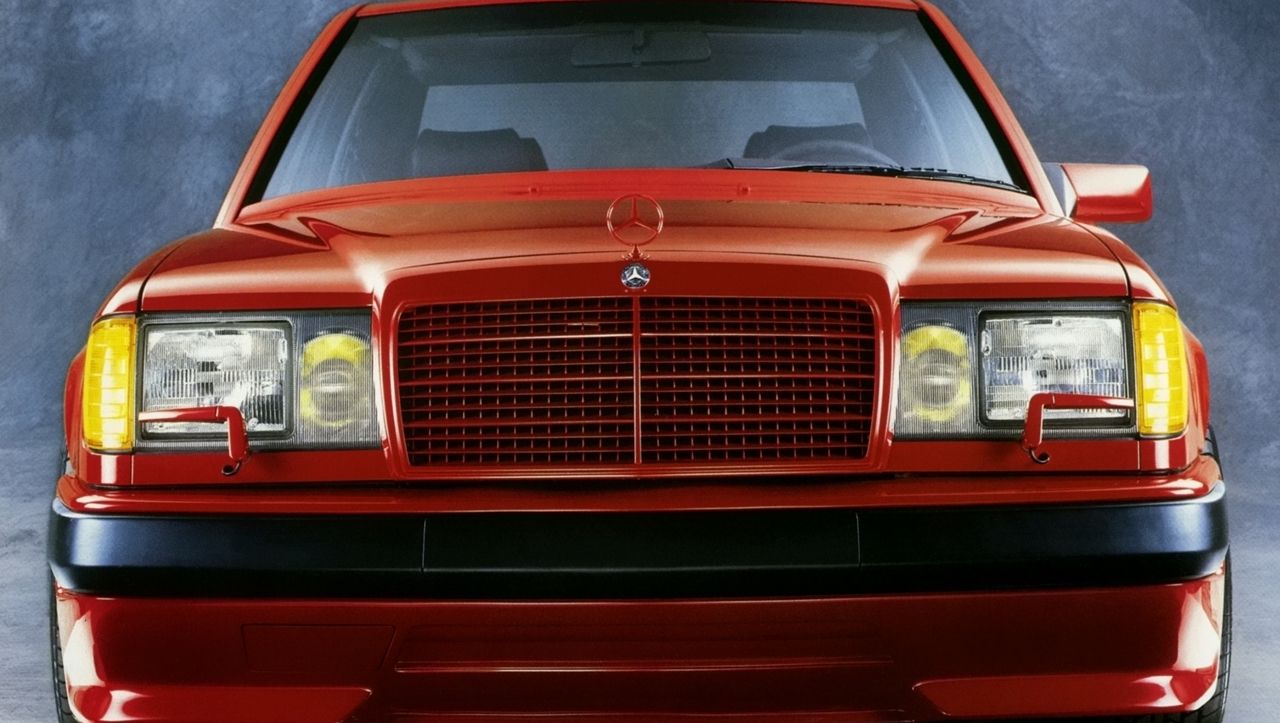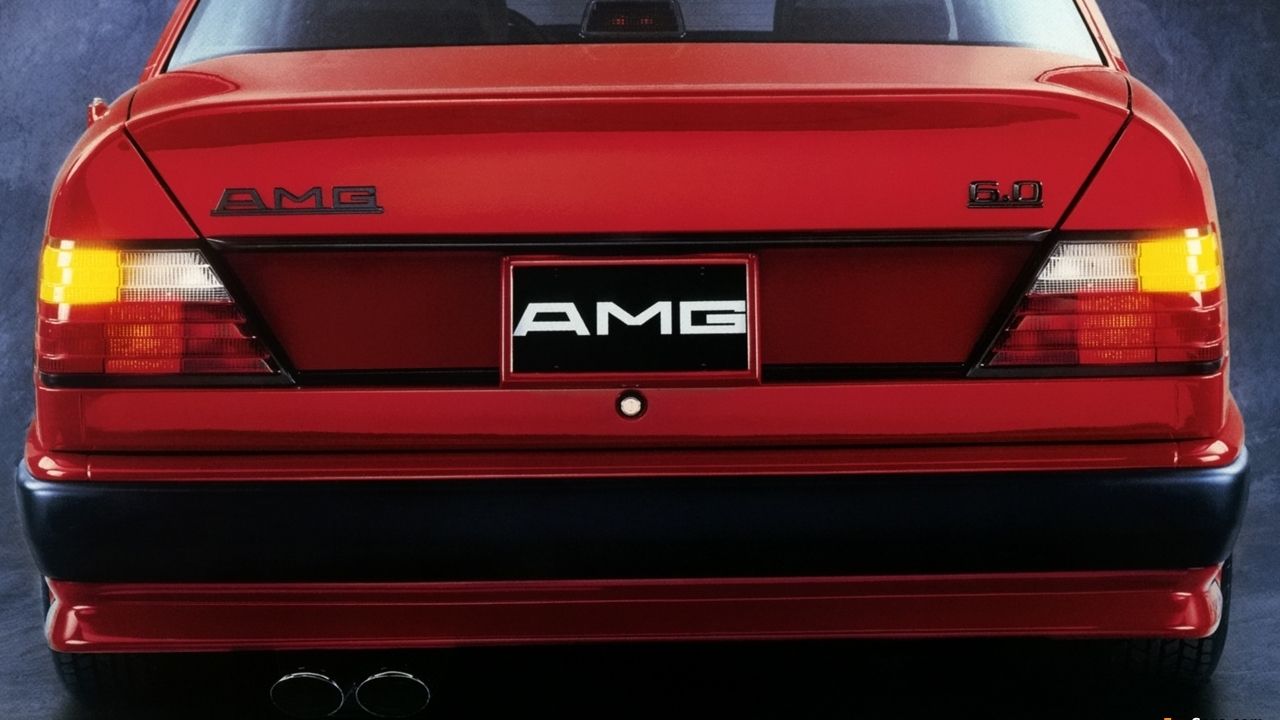With the name "Hammer", this AMG instantly evokes a sense of power and dominance. The name is certainly appropriate, as the AMG Hammer produces serious performance, and was able to take on the greats of the time at its launch in 1986. The car was produced during a period when AMG was still independent tuners, and utilized the chassis of the popular Mercedes-Benz E-Class.
Despite a limited production run, the car made such an impact, it has shaped the high-performance offerings of premium German brands in the decades since. Let's have a look at some facts about the AMG Hammer that only true gearheads know.
10 It Is Ultra Rare
The small production numbers of the car mean that those lucky enough to have one in their possession are part of a very exclusive club.
It is estimated that 29 examples of the car were produced, with around 13 sold to customers in the United States.
9 The Car Is Based On The W124 E Class
The Hammer's underpinnings are fairly unassuming, with a run-of-the-mill W124 E Class utilized. Of course, once the skilled technicians of AMG were let loose, the chassis was transformed.
The addition of a limited-slip differential helped increase the fun factor, enabling some drifting in the corners. Other changes were completed on the suspension and exhaust, improving the performance of both.
8 Different Body Styles Exist
Broadening the car's appeal to as many buyers as possible, AMG produced the Hammer in a number of different body styles. While the sedan body style is most commonly associated with the Hammer, as it took the title of the world's fastest sedan, a coupe version was also popular.
There was even a wagon version, which was certainly a precursor to legendary cars like the Audi RS2 and Audi RS6, providing their respective designers with inspiration.
7 It Was Not A Cheap Option
Just like the very high-performance models available from German brands today, the AMG Hammer came with a fairly hefty price tag.
Newly built, the Hammer required a $161,000 investment to secure. While this isn't cheap, if you are comparing performance with a traditional supercar, it works out great value.
6 AMG Were An Independent Brand
At the time of the Hammer's design and production, AMG was a separate entity from Mercedes-Benz. As a consequence, the Mercedes name was absent from the car.
AMG was originally founded in 1967, and having initially started tuning engines, moved on to modifying Mercedes cars. The two brands officially joined forces in 1990, and following 9 successful years, Mercedes became the majority shareholder of AMG.
5 It Could Outrun Supercars
One of the truly special things about the Hammer was the fact it could genuinely give the supercars of the day a run for their money. Up until this time, if you wanted supercar performance, you needed a supercar, the Hammer changed the game.
Celebrated vehicles such as the Ferrari Testarossa and even the Lamborghini Countach could staggeringly be outperformed, by a Mercedes E Class.
4 The Engine Was AMG Modified
A ferocious 6.0 liter V8 powered this brute. The engine started life as a 5.6-liter V8, however, AMG demanded more from it, and bored out the engine to its final 6.0-liter capacity.
The "donor" car, the standard Mercedes-Benz 300E, had a comparatively small 3.0-liter inline six. Following the AMG fettling, the Hammer produced an impressive 375 hp and could reach 60 mph in under 5 seconds, before blasting on to a 190-mph top speed.
3 The Cabin Was High-end
Stepping into the Hammer's cabin, was a very pleasant experience indeed. The steering wheel was clad in thick and luxurious leather, and glossy wooden trim was widely used.
The seats were a particular highlight, covered in sumptuous leather, padded generously, and offering a great level of adjustability.
2 It Carved A New Niche
At the time of the Hammer's launch, there were very few competitors. Sedans were seen almost exclusively as mainstream, everyday vehicles, something to get you from A to B, and certainly not an object of desire for a gearhead.
The only other car which sought to cater to the same market was the 1984 BMW M5. In many ways, AMG built the Hammer to outperform the M5, and these cars can really be credited with kick-starting the segment. Without the Hammer, we may never have seen cars such as the Audi RS2, RS4, RS6, BMW M3, M5 or Mercedes C63 and E63 created.
1 It Is Worth Serious Money Today
With a finite supply, and many already forming part of established collections, it is exceptionally difficult to purchase a Hammer today.
When examples do become available, demand is strong, and consequently, you can expect to pay top dollar. In 2019, a widebody 300 CE was sold by RM Sotheby's in London for $237,500. Beating this, a North American-built example sold for a staggering $761,800 in April 2022.

